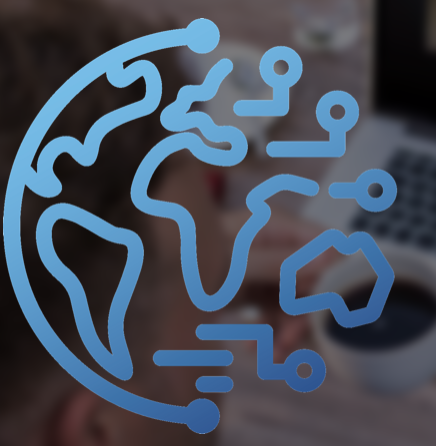 CIC-led team scoops Best Paper at the top international forum for AI in Education!
CIC-led team scoops Best Paper at the top international forum for AI in Education!
We’re proud to say that applied Learning Analytics work from a UTS team led by Roberto Martinez-Maldonado (now @Monash Uni) was awarded Best Paper at AIED2020: The 21st International Conference Artificial Intelligence in Education, which is the premier research conference in the field.
As ever, papers in this field are highly interdisciplinary, in this case seeing connections forged across educational data science, computer science, user experience and physics teaching pedagogy. So the authors come from CIC, two Faculties (Transdisciplinary Innovation, and Science), plus contributions from Katerina Mangaroska of the Norwegian University of Science & Technology, who worked in CIC as a visiting researcher!
This paper is part of a series emerging from this research program into analytics for classroom proxemics, the study of how learning spaces are used by educators and students.
Martinez-Maldonado, R., Echeverria, V., Schulte, J., Shibani, A., Mangaroska, K. and Buckingham Shum, S. (2020), Moodoo: Indoor Positioning Analytics for Characterising Classroom Teaching. In Proceedings of the 21st International Conference on Artificial Intelligence in Education (AIED2020), (Ifrane, Morocco, July 6–10, 2020). Springer, pp.360-373. [PDF]
Abstract. This paper presents Moodoo, a system that models how teachers make use of classroom spaces by automatically analysing indoor positioning traces. We illustrate the potential of the system through an authentic study aimed at enabling the characterisation of teachers’ instructional behaviours in the classroom. Data were analysed from seven teachers delivering three distinct types of classes to +190 students in the context of physics education. Results show exemplars of how teaching positioning traces reflect the characteristics of the learning designs and can enable the differentiation of teaching strategies related to the use of classroom space. The contribution of the paper is a set of conceptual mappings from x-y positional data to meaningful constructs, grounded in the theory of Spatial Pedagogy, and its implementation as a composable library of open source algorithms. These are to our knowledge the first automated spatial metrics to map from low-level teacher’s positioning data to higher-order spatial constructs.
